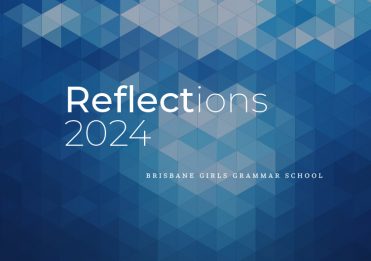This week saw the 15th anniversary of the National Apology, and students and staff who are part of the Uralla Club, Educate and Empower, and the Reconciliation Working Group took this opportunity to learn more about the history of reconciliation in Australia.
Reconciliation is an ongoing process of strengthening relationships between people for the benefit of all Australians. Like similar nations grappling with a colonial past and the policies of previous governments, reconciliation between Indigenous and non-Indigenous peoples, and how to go about achieving it, has become a national priority over the past few decades.
Reconciliation Australia, the national expert body on reconciliation, tracks Australia’s progress in the process of reconciliation along five inter-related dimensions:
- Race Relations—all Australians understand and value Indigenous and non-Indigenous cultures, rights, and experiences, which results in stronger relationships based on trust and respect that are free of racism
- Equality and Equity—Aboriginal and Torres Strait Islander peoples participate equally in a range of life opportunities
- Historical Acceptance—all Australians understand and accept the wrongs of the past and their impact on Aboriginal and Torres Strait Islander peoples
- Institutional Integrity—reconciliation is actively supported by the nation’s political, business, and community structures
- Unity—Australian society values and recognises First Nations cultures and heritage as a proud part of a shared national identity.
These measures suggest that reconciliation is about non-Indigenous Australians reconciling themselves to their history and stories as much as it is about the harmonious coming together of cultures. It is about looking to a better future while acknowledging that our country’s past still affects its present.
While many meaningful and tangible acts of reconciliation have occurred at grassroots, business, and even state government levels, many see the 1967 Referendum as one of the first national steps towards reconciliation. Another milestone event occurred when the Gurindji became the first Aboriginal community to have their land returned to them by a Commonwealth Government on August 16, 1975. Yet, it wasn’t until 1983 that the term reconciliation entered national political discourse. In the wake of the Bicentenary protests in Sydney and in response to the reports from the Royal Commission into Aboriginal Deaths in Custody (1989-1991), reconciliation was prioritised on a federal level and formalised when the Council for Aboriginal Reconciliation (now Reconciliation Australia) was set up in 1991.
Other significant events in the national journey towards reconciliation include the High Court recognising Native Title in 1992 in the Mabo v Queensland case and when former Prime Minister, Kevin Rudd, delivered the first formal Apology to the Stolen Generations on February 13, 2008.
Over the last decade, the concept of reconciliation has gained more traction in terms of a public desire for, and political interest in, meaningful steps towards national healing. With a referendum on a First Nations Voice to Parliament set to take place, we will soon get a greater sense of where we currently are on this journey of reconciliation. This week students have had the opportunity to learn about the five dimensions of reconciliation and the School’s Reconciliation Action Plan from the Uralla Captains, Elizabeth Shoebridge (12B) and Katie Reid (12E), and start discussing what they would like to learn about First Nations histories and cultures and the Voice to Parliament proposal.
Ms Abby Hills
Uralla Club Coordinator




